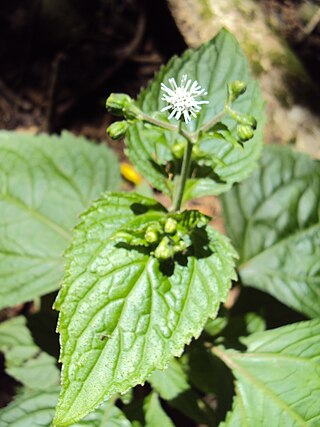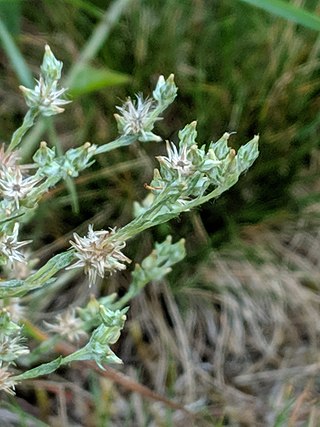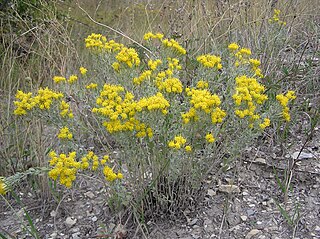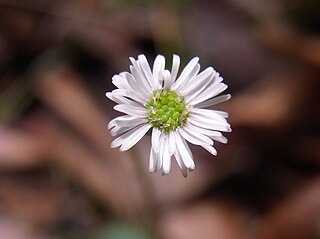| Cheirolophus | |
|---|---|
 | |
| Cheirolophus crassifolius | |
| Scientific classification | |
| Kingdom: | Plantae |
| Clade: | Tracheophytes |
| Clade: | Angiosperms |
| Clade: | Eudicots |
| Clade: | Asterids |
| Order: | Asterales |
| Family: | Asteraceae |
| Subfamily: | Carduoideae |
| Tribe: | Cardueae |
| Subtribe: | Centaureinae |
| Genus: | Cheirolophus Cass. |
| Synonyms [1] | |
| |
Cheirolophus is a genus of flowering plants in the family Asteraceae first described as a genus in 1827. [2] [3] It is native to the western Mediterranean Region from the Canary Islands and Madeira, through Morocco and Algeria, continental Portugal and Spain, southern France, the Balearic Islands, Corsica, Sicily and Malta. [4] [1] [5]
- Species [6]
- Cheirolophus arboreus
- Cheirolophus arbutifolius
- Cheirolophus benoistii
- Cheirolophus canariensis
- Cheirolophus crassifolius
- Cheirolophus dariasii
- Cheirolophus duranii
- Cheirolophus falcisectus
- Cheirolophus ghomerythus
- Cheirolophus grandifolius
- Cheirolophus intybaceus
- Cheirolophus junonianus
- Cheirolophus lagunae
- Cheirolophus mansanetianus
- Cheirolophus massonianus
- Cheirolophus mauritanicus
- Cheirolophus metlesicsii
- Cheirolophus santos-abreui
- Cheirolophus satarataensis
- Cheirolophus sempervirens
- Cheirolophus sventenii
- Cheirolophus tagananensis
- Cheirolophus tananicus
- Cheirolophus teydis
- Cheirolophus uliginosus
- Cheirolophus webbianus
















